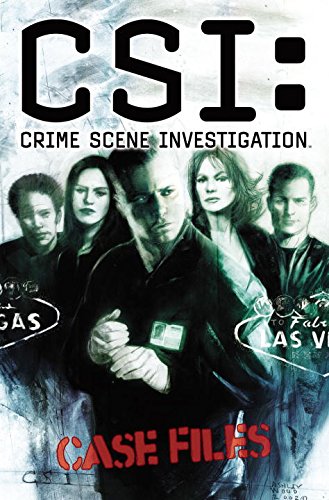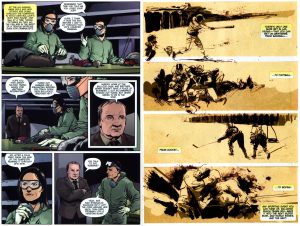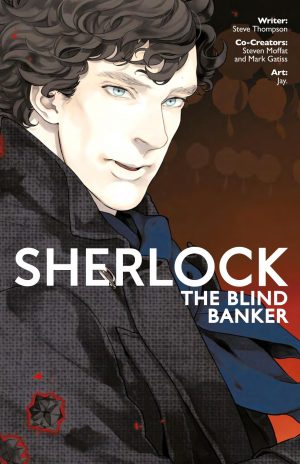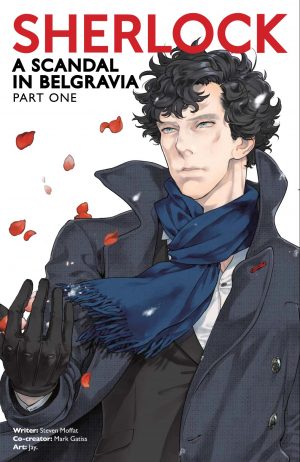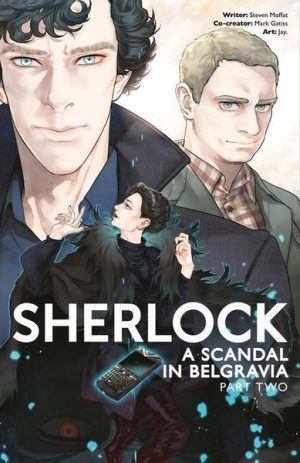Review by Ian Keogh
This first CSI Case Files combines three stories conceived by Max Allan Collins, and drawn by Gabriel Rodriguez, with Ashley Wood supplying sketched flashback pages and paintings. It makes for an efficient combination that’s very true to the TV show.
Collins makes good use of what Las Vegas has to offer, steering clear of a casino setting which was used early in the TV run. Instead Collins concentrates on the city’s tacky glitz. ‘Serial’ combines Elvis Presley impersonators with duplication of Jack the Ripper’s murders; ‘Bad Rap’ concerns musical acts from across the decades performing and the shady business deals of the music industry; and ‘Demon House’ is about murder at a conservative group’s annual fundraising show, which graphically details the fate awaiting those straying from a righteous path.
On TV the cast dialogue is primarily to move the plot along, with only team leader Gus Grissom given a personality, which is dry and eccentrically unpredictable. Collins follows the formula as if constructing his own dramas for TV over five chapters, characterising Grissom well, and plotting tightly to ensure the stories keep their secrets until the end. Matthew V. Clemens is credited for forensic research and plot assists, and from that research Collins comes up with detection possibilities that match the TV show.
Given the nature of the show, in telling the stories Rodriguez has to draw one hell of a lot of conversations and interviews, with only an occasional break into something more dynamic. He handles the requirements well, ensuring the talking heads are seen from different angles and distances, although the figures can be stiff. His cast likenesses improve as the stories continue, but his speciality is lifelike portraits of Paul Guilfoyle’s Captain Jim Brass.
Because Rodriguez is so disciplined in telling the story, Wood’s art is generally more interesting, although there are lapses during ‘ Bad Rap’. He’s generally either painting introductory scenes of Las Vegas, supplying the illustrations to accompany Collins’ captions reflecting on the city, or drawing scenes of the CSI crew piecing together a sequence of events. When on form, Wood’s scenes really grab the eye.
Given his track record writing clever crime stories as comics, newspaper strips and novels, Collins’ plots keep their secrets until the end, and while you could buy used copies of three original paperbacks, CSI fans are guaranteed satisfaction, so may as well start here.
